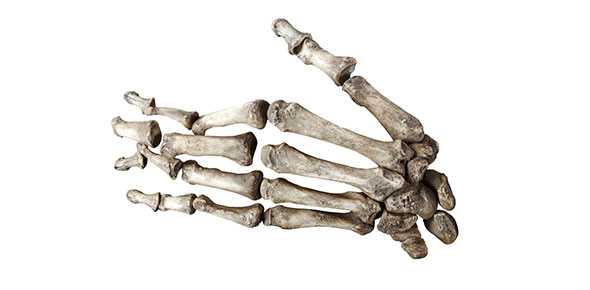Related Flashcards
Cards In This Set
| Front | Back |
|
Double bind hypothesis:
|
A conflict created when a person receives contradictory messages on different levels of abstraction in an important relationship, and cannot leave or comment. (Bateson 1956, studied how psychotic patients were an understandable extension of a crazy family environment). A person is in a double bind when he/she receives contradictory messages on different levels but finds it difficult to detect or comment on the inconsistency.
|
|
Psychodynamic family therapy: (Nathan Ackerman)
|
Transference: Ackerman had ability to understand families by looking beyond the behavioral interactions and in to the hearts and minds of each member. He used his forceful personality to uncover the family’s defenses and allow their feeling, hopes, and desires to surface. He proposed that underneath the apparent unity of families there exists a layer of intrapsychic conflict that divides family members into factions.
|
|
Structural family therapy: (Salvador Minuchin)
|
: Hierarchy (family function based on clear intergenerational boundaries where the parents maintain control and authority), enactment (interaction stimulated by therapist in order to observe and the change transactions that make up family structure), boundaries (physical and emotional barriers that protect and enhance the integrity of the individuals, subsystems or families), power, subsystems, triangulation and joining (Therapeutic alliance with family, “you teach me, what does this mean to you).
|
|
MRI Interactional Family therapy: (Don Jackson)
|
Recognized how patterns of communication reflect unspoken rules that govern relationships. Family rules hypothesis: with in any committed unit there are redundant behavior patterns. Symmetrical and complementary relationships. (Double bind communication in collaboration with Greg Bateson.
|
|
Strategic Family therapy: (Jay Haley)
|
Strategies for problem solving in families are problem focused, focus on relationships within parental subsystem, power, compression, and paradoxical interventions: The therapist directs family members to continue their symptomatic behavior. If they conform they admit control and expose secondary gain; if they rebel they give up their symptoms.
|
|
Human Validation Process Model (Communication) Therapy: Virginia Satir
|
- “Problems are no the problems, coping is the problem.” The therapist models coping and acceptance to increase openness, decrease anxiety, sculpting, drama, reframing, worker as model, family roles, communication styles.
|
|
Bowen Family Systems Therapy (Murray Bowen)
|
Use of genogram (familial mapping), Differentiation( individuation), FOO (family of origin), Emotional cutoff (from family of origin, does not resolve family of origin issues.fusion, triangulation (diverting conflict between two people by involving a third), projection, undifferentiated family ego mass (feelings overwhelm thinking and drown out individuality in the chaos of the group).
|
|
Milan School Mara Selvini-Palazzoli:
|
Short term therapy, circular questioning (Is designed to decenter clients by orienting them toward seeing themselves in a relational context, and seeing that context from the perspectives of the other family members, ie “How might your dad have characterized your mom’s relationship with your sister if he had felt free to speak about it?”), family rituals (exaggerating ways of communicating, dramatizing positive family connotations (ascribing positive motives to family behavior in order to promote family cohesion and avoid resistance in therapy).
|
|
Solution focused therapy- deShazier and insoo Kim Berg
|
Goal directed, Client as expert, exceptions to the problem, miracle question (“if you could wake up tomorrow and have you problems disappear, what would your life look like?”), scaling questions, Non-problem saturated.
|
|
Multisystemic therapy (MST) Scott Henngler:
|
Adolescents, multiple system involvement, intensive, and home based.
|
|
Parent Behavior Training
|
Patterson Psychoeducational approach
|
|
Functional Family therapy: Alexander and Parsons
|
Individual’s problematic behaviors serve a function for the system. All behavior is adaptive For high risk acting out youth and their families: improves family communication and supportiveness while decreasing intense negativity, developing positive behaviors and parenting strategies, relies on behavioral analysis.
|







